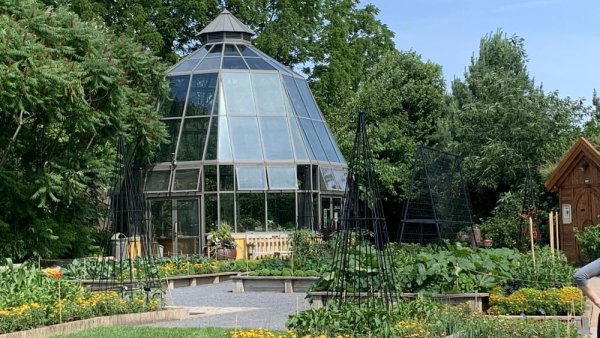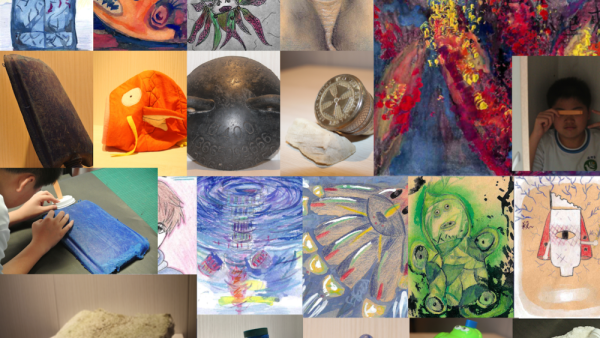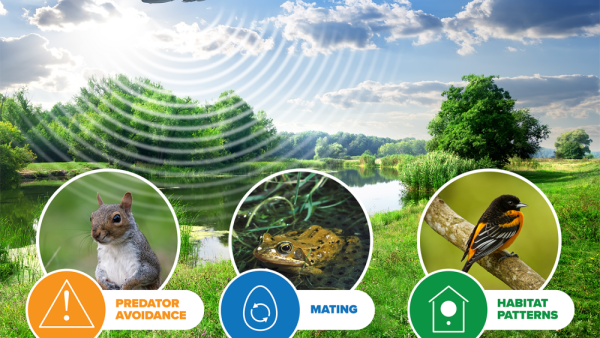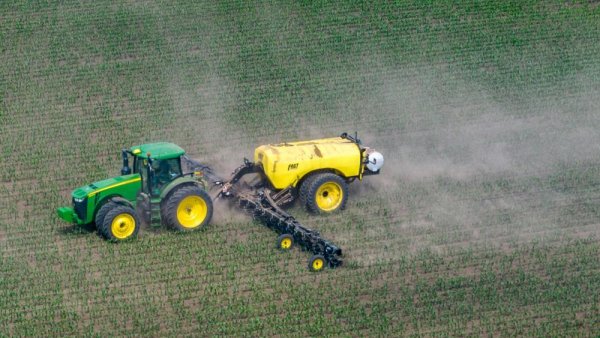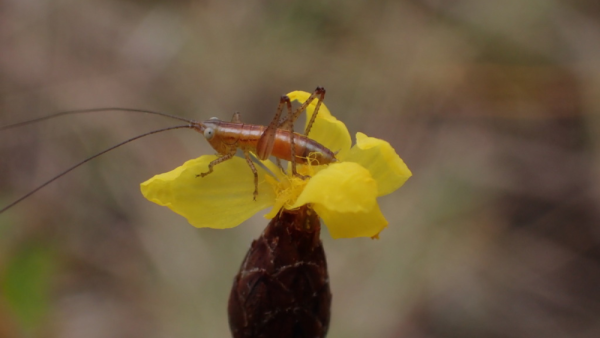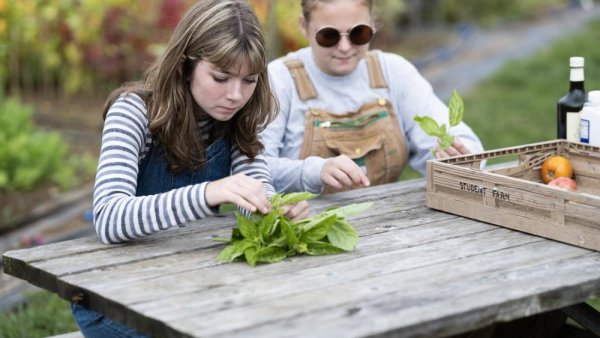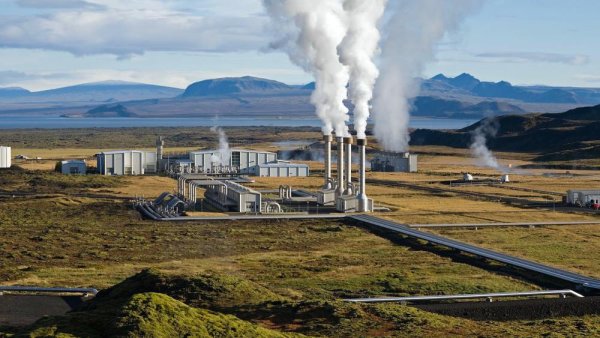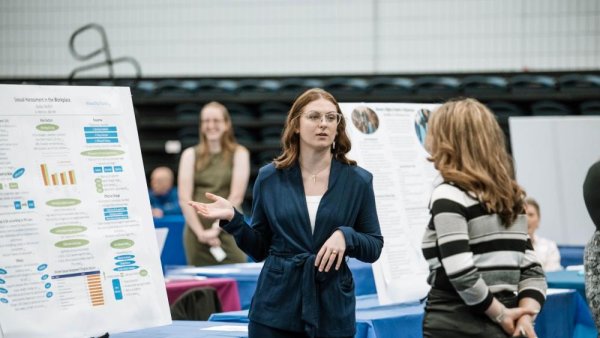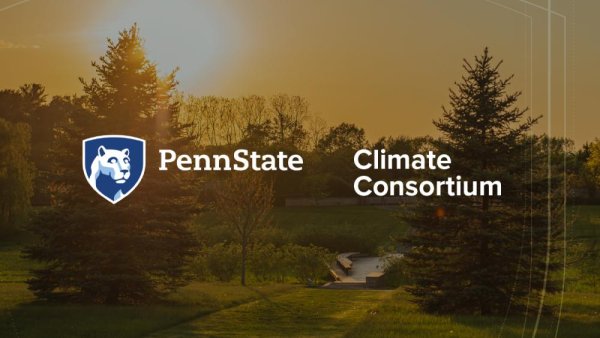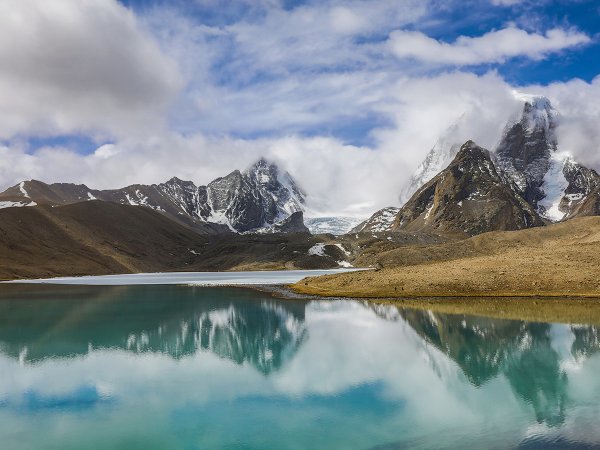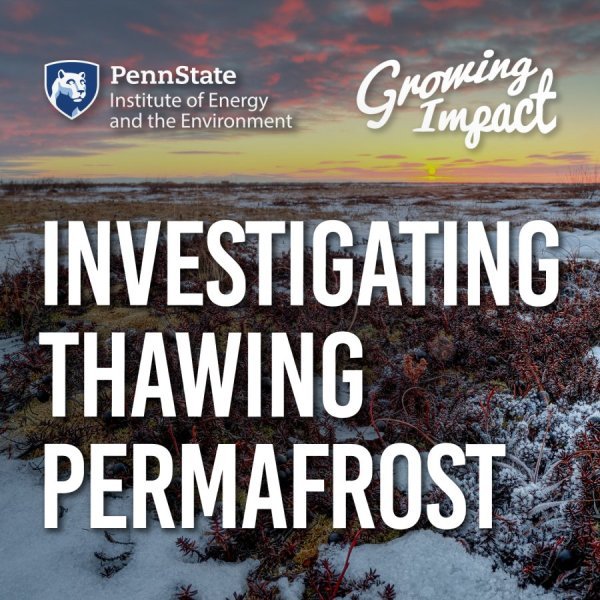Arboretum demonstration shows ways to prevent lethal bird-window collisions
| psu.edu
Each year, hundreds of millions of birds in the United States are killed when they collide with windows. Visitors to the Arboretum at Penn State can learn about simple ways to help prevent collisions at a demonstration on April 18.
Penn State celebrates the 2024 Sustainability Award winners
| psu.edu
Penn State Sustainability has announced the 2024 recipients of its sustainability awards. These accolades, including the John Roe Sustainability Impact Award, the Student Sustainability Advisory Council Tree Award, and the Pennsylvania Environmental Resource Consortium Campus Sustainability Champion Award, commend the extraordinary contributions of students in spearheading sustainability initiatives.
Forest, stream habitats keep energy exchanges in balance, global team finds
| thedailyreview.com
Forests and streams are separate but linked ecosystems, existing side by side, with energy and nutrients crossing their porous borders and flowing back and forth between them. This article features Penn State research and quotes Daniel Allen, assistant professor of aquatic ecology.
Listening lab leading soundscape analyses for United States national parks
| psu.edu
The Department of Recreation, Park, and Tourism Management in the Penn State College of Health and Human Development recently received a grant from the National Park Service to launch the Protected Areas Research Collaborative Listening Lab.
'Fertilizer Recommendation Support Tool' to digitize crop nutrient management
| psu.edu
A nationwide team of agricultural scientists, including researchers at Penn State, has launched a decision aid that provides an unbiased, science-based interpretation of soil test phosphorus and potassium values for crop fertilization, with an eye toward potentially saving farmers millions of dollars annually while reducing excess nutrient losses to the environment.
No, ice core study does not show CO2 is 'not the cause of warming'
| usatoday.com
A greenhouse gas increase isn't the only thing that can initiate climate change, but it is what's causing modern warming. This article quotes Richard Alley, Evan Pugh Professor of Geosciences.
Yellow-eyed grasses may have more insect visitors than previously thought
| psu.edu
A team led by Penn State researchers published the first documentation of arthropods that visited yellow-eyed grasses in Guyana, a South American country where species of the plant are most diverse.
Ross Student Farm welcomes all for Earth Day celebratory event Apr. 20
| psu.edu
Celebrate the excitement of Earth Week and the role agriculture plays in becoming better stewards of the Earth from 1-3 p.m. on Saturday, April 20, at the Dr. Keiko Miwa Ross Student Farm.
Rock permeability, microquakes link may be a boon for geothermal energy
| psu.edu
Using machine learning, researchers at Penn State have tied low magnitude microearthquakes to the permeability of subsurface rocks beneath the Earth, a discovery that could have implications for improving geothermal energy transfer. The work suggests seismic monitoring could broadly be used to improve geothermal energy transfer efficiencies across a wide range of sites, according to the researchers.
New Kensington undergraduate research highlighted at annual exposition
| psu.edu
Undergraduate research was on display at the annual Research and Student Engagement Expo on April 9 at Penn State New Kensington.
Climate Consortium webinar to discuss fostering collaboration across University
| psu.edu
The Penn State Climate Consortium is hosting an informational webinar from 3-4 p.m. on Tuesday, April 16, to introduce its initiatives and opportunities for the University community.
Glacier lake outburst floods: Loss of life and infrastructure
| by Tejal Shirsat, Abriti Moktan, Christopher Scott
A massive glacial lake outburst flood (GLOF) devastated Sikkim, India in October 2023. The disaster, triggered by a landslide and heavy rainfall, caused widespread death and destruction. Scientists had warned of the GLOF risk, but development projects in the fragile Himalayan region may have exacerbated the damage. The event highlights the need for improved disaster planning that considers scientific knowledge, local community concerns, and the impact of climate change.

